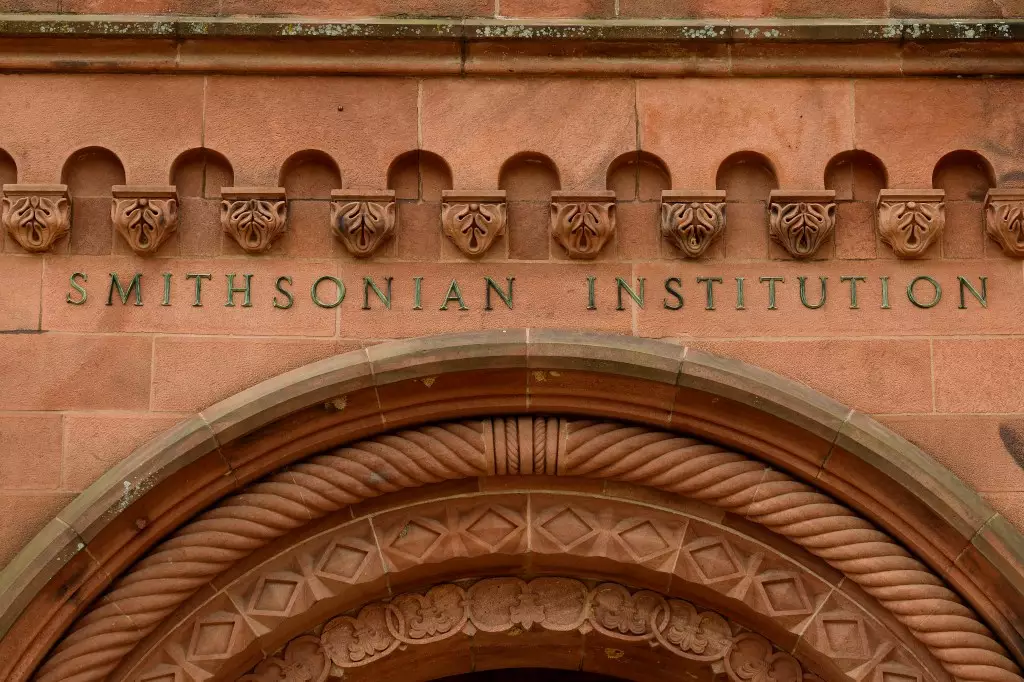In an audacious move, President Donald Trump has enacted an executive order titled “Restoring Truth and Sanity to American History.” This decree, steeped in controversy, asserts that American history has been subject to a significant transformation—an assertion that positions political ideologies above established historical facts. Trump’s narrative not only critiques the previous administration led by President Biden but also accuses it of creating divisions and instilling a sense of guilt among Americans regarding their national identity. This piece of legislation is not merely a political maneuver; it represents a fundamental reshaping of how history is perceived and taught in an increasingly polarized society.
Targeting Institutions of Public History
One of the executive order’s primary focuses is the Smithsonian Institution, a hallmark of American cultural heritage. The directive explicitly aims to purge what Trump describes as “improper ideology” from the institution’s museums and educational platforms. By taking aim at a revered educational institution, the order sends ripples through the cultural landscape, indicating a desire to dictate the narrative of American history and its representation. This action raises critical questions about who gets to decide what constitutes a “proper” narrative in history. The execution of such an agenda risks displaying a monolithic view of historical events, ignoring the complexity and multiplicity of experiences that define American history.
Legislative Overreach and Its Implications
Moreover, the executive order challenges the very nature of institutional autonomy. By mandating that the Office of Management and Budget collaborate with Congress to cut funding for programs that the administration deems divisive, the potential for censorship looms large. This directive not only threatens the financial stability of cultural institutions but also raises ethical concerns. Is it appropriate for government leaders to intervene in how history is depicted and discussed? The implications here extend beyond history alone—interference with cultural expressions and programming may pave the way for broader censorship that contradicts the principles of a free society.
Preserving Monuments Versus Revising Narratives
The order’s approach to public monuments also warrants scrutiny. It instructs the Secretary of the Interior to assess whether any statues or memorials have been altered in a way that distorts historical narratives. This initiative to “reinstate” monuments—scrutinizing those that might present a more critical view of historical figures—positions traditional narratives at risk of being preserved unchallenged. It echoes a broader trend where challenges to historical interpretations are met with resistance, overshadowing the nuanced understanding that contemporary scholarship often strives to achieve.
The Cultural Climate: A Dangerous Woke Narrative
Trump’s recent actions at cultural institutions like The Kennedy Center further illuminate his worldview. By appointing himself chairman and implementing changes he deems necessary to combat “woke” programming, he amplifies his fight against what he perceives as an ideological takeover of American culture. The backlash against productions that do not align with his stance represents a wider struggle over artistic freedom, where the fear of political reprisal may stifle creativity and expression in the arts. The cancellation of works—like the opera based on the Lavender Scare—exemplifies how essential stories are at risk of being silenced under the weight of ideological scrutiny.
The cavalier reassessment of history and culture through the lens of political gain threatens to undermine the richness and complexity inherent in the ever-evolving narrative of America. The challenging waters of historical interpretation must not succumb to narrow ideologies if society hopes to foster genuine understanding and growth.
